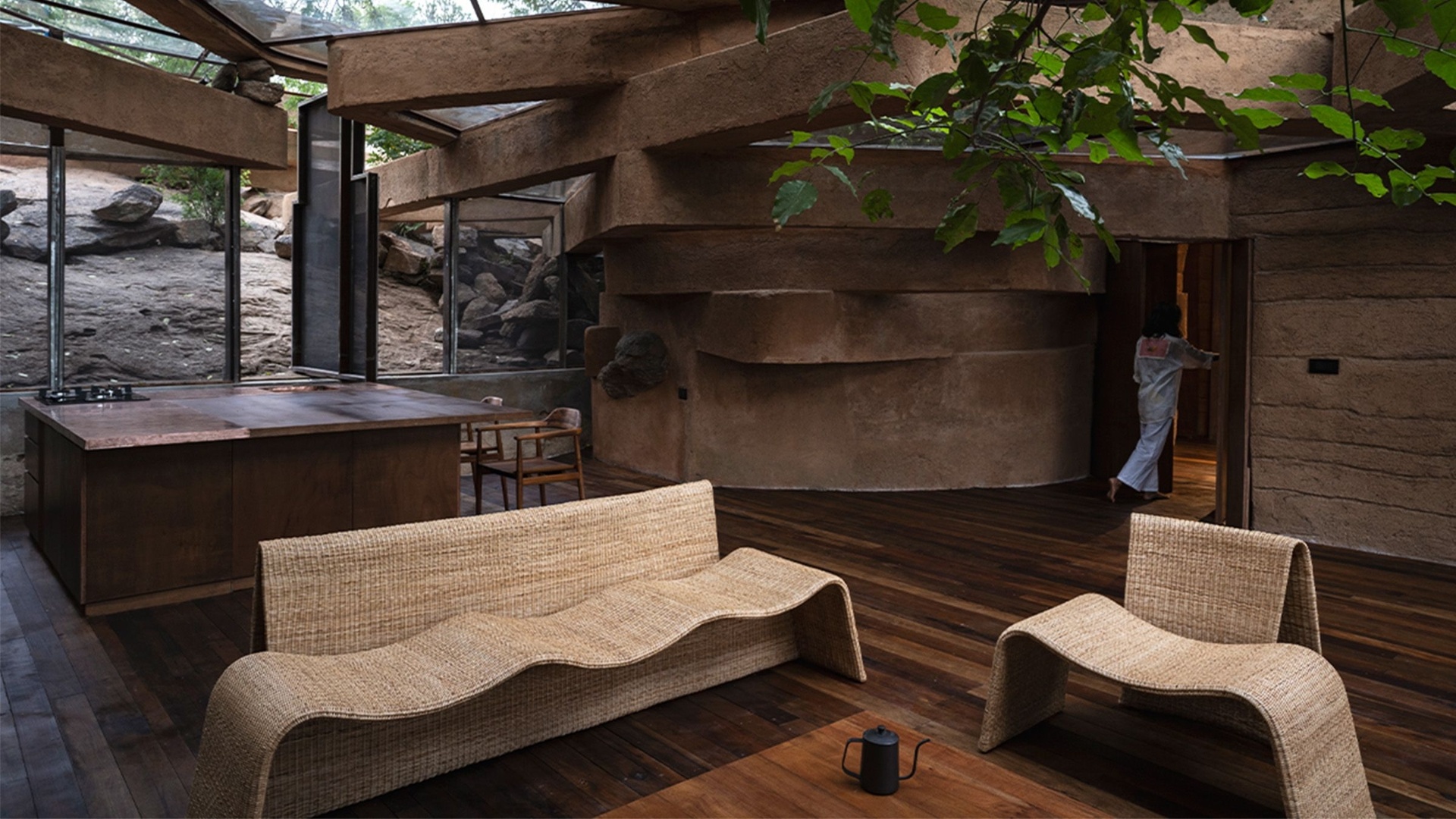If Vinu Daniel had had his way, his life would have been very different. For one, the Dubai-raised, India-based architect would be spending his days on a stage, not a site, trilling Carnatic romanzas and still living tax-free somewhere in the Gulf. “I never thought I’d be an architect,” reflects the former aspiring musician and present-day principal of architecture practice Wallmakers.
Indeed, had his Malayali parents not played doomsayers and coerced him into picking something more mainstream, he probably never would have moved to India and enrolled at the College of Engineering Trivandrum for a degree in architecture (which he almost quit midway).
An inspiring encounter with the late Laurie Baker, the great Gandhian of architecture, in his fourth year of college, prompted him to stay on, and a subsequent stint at the Auroville Earth Institute solidified this decision. Yet Wallmakers, he explains, wasn’t on his bingo card. “It was born out of an experiment,” he shares of his firm, which was named after a wall he assembled with surplus mud bricks and castaway beer bottles—clearly, an experiment gone right.
A building by any other name is still a building, even if it’s made of earth and litter all sourced from within a five-mile radius. That’s Daniel’s philosophy, anyway. “Earth is more sustainable and durable than cement, and yet, less than one-third of people worldwide live in homes made of it,” rues the award-winning architect. “In a country like ours, there’s waste everywhere—stones, rags, empty chips packets, and soda bottles—all strewn on the street where they can actually be reused in construction.”
Since starting his practice in 2007, Daniel has gained global recognition for his signature sleights of hand, which include a sierra-shaped dwelling fashioned from construction debris; chandeliers made from discarded pipes found in a junkyard; a brick house with curved wings; an underground abode constructed with 4,000 discarded plastic bottles; and a house with a foundation consisting of more than 6,000 plastic toys.
Now, 17 years into his practice, Daniel holds a 2022 Royal Academy Dorfman Award, was named the Best Earth Builder at the 2023 Wallpaper Design Awards, and made it to the TIME100 Next list that same year. Still, he doesn’t have a place to call his headquarters. Instead, he and his team of 12 architects hopscotch across seven states. “I could draw you a map of every airport bathroom,” he jokes about his peripatetic lifestyle. For now, though, there’s no slowing him down.
As we consider some of his most iconic projects—from a toy museum made with discarded toys to an end-of-the-world home built using Casuarina wood—we get a glimpse of the imaginative mind that can turn waste and unconventional materials into groundbreaking design.
















